Hall Effect Switch Sensor 21E
Out of stock
EGP15.00
Out of stock
Hall Effect Switches are generation of an electric potential perpendicular to both an electric current flowing along a conducting material and an external magnetic field applied at right angles to the current upon application of the magnetic field.
The Hall effect principle is named for physicist Edwin Hall. In 1879 he discovered that when a conductor or semiconductor with current flowing in one direction was introduced perpendicular to a magnetic field a voltage could be measured at right angles to the current path.
The common analogy popular at the time of Hall’s discovery was of electric current in a wire to a flowing liquid in a pipe. Hall’s theory equated the magnetic force on the current resulting in a crowding to one side of the pipe or wire.
Electromagnetic field theory has allowed a more refined interpretation of the physics responsible for the Hall effect.
Hall-effect switches are most commonly used in sensing absolute position, because they require a south pole of sufficient strength to turn the output on and then removal of that field to turn the output off.
These contactless sensing solutions require few external components and can withstand the hostile operating conditions of automotive applications.
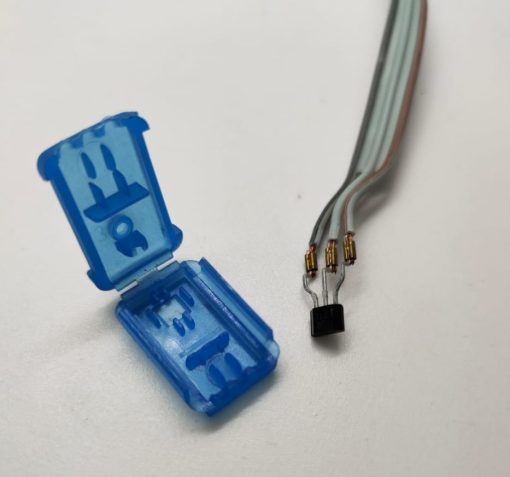

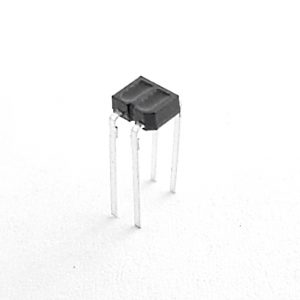
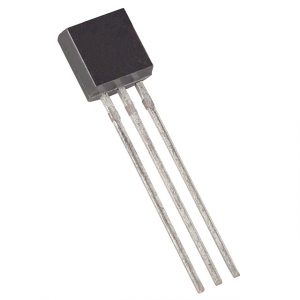
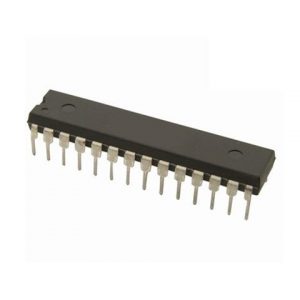
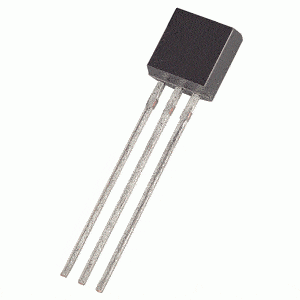
There are no reviews yet.